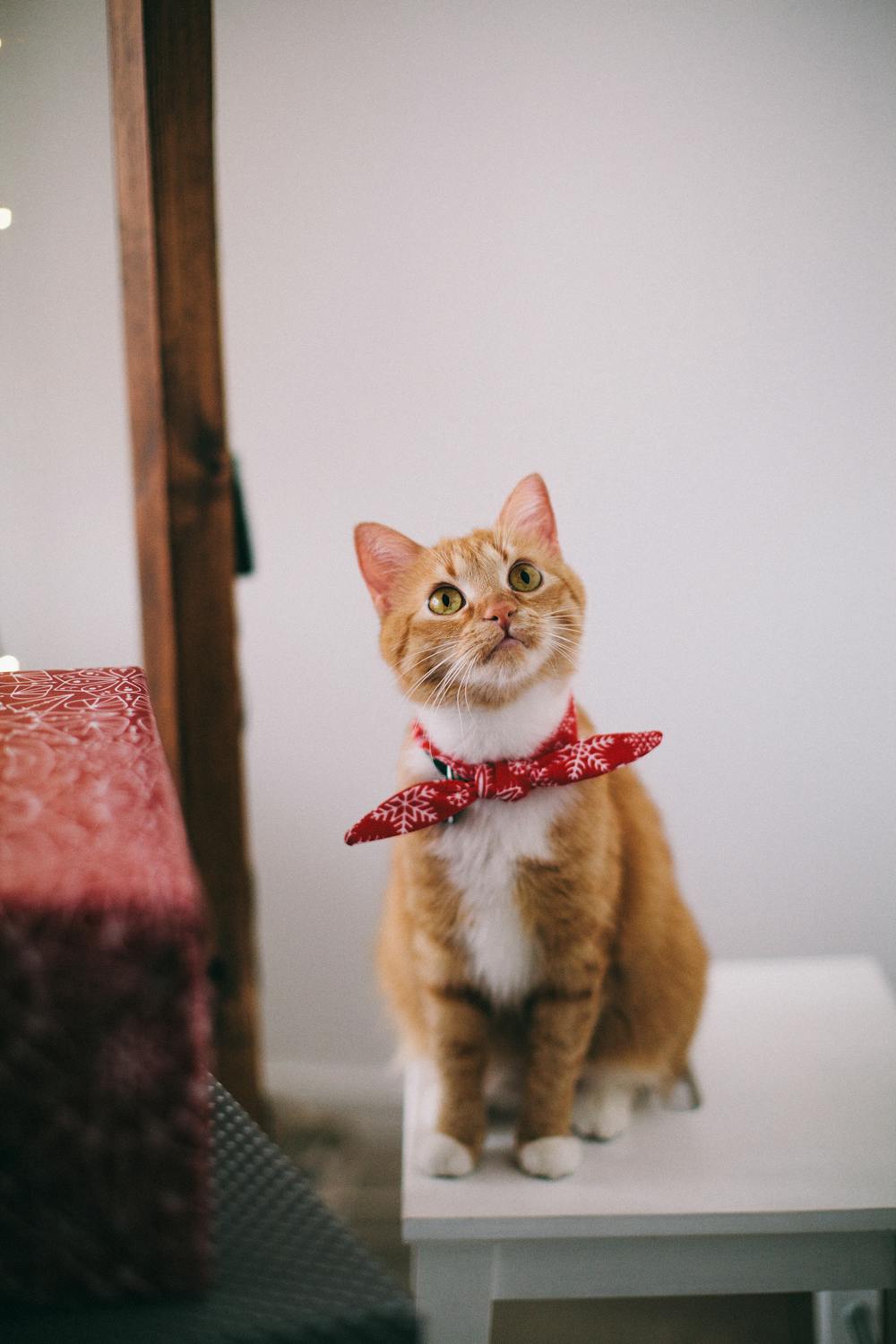Creative director tips stand out as especially fruitful for people looking to break into their respective industries and for some insight we looked into Elise Swopes’ creative journey.
In the face of constant adversity in 2020 during the COVID pandemic, creatives especially, have felt the brunt of things amiss. Elise Swopes is a creative director with tips and advice for creatives yearning for inspiration and resolve.
In a year of hardship that has tested every limit, we thought we knew, Elise Swopes’ words remind us that a creative journey is meant to be difficult. And never predictable.
With that in mind, it’s important to remember that things can and do change, both in the world and in the mind. As bad as the situation is – it’s not the end of things.
That’s what New York-based (but Chicago-bred) photographer and graphic designer Elise Swopes has been telling people in interviews she’s conducted during the pandemic and lockdowns.
Elise Swopes is a different kind of “influencer”
Elise Swopes talks about being an “influencer,” not in terms of posting selfies and pictures of food in an endless hunt for likes, but in terms of the actual influence she has as someone with a significant social media following.
She got her start on Instagram posting photos she’d taken with her iPhone, and eventually became popular enough on the platform to gain brand sponsorships. She continues to give tips as a creative director to those mired in the difficulties of their own creative journey.
Creative director tips everyone should listen to
Now, as a popular figure on the internet for both her work and her personality, Elise Swopes tries to use her influence positively and to be an encouraging presence on the web. Her creative director tips go a long way to helping out creatives in situations similar to her past.
In an interview with Find your Grind, Swopes emphasized the importance of personal routines in a person’s life. She describes the brain as a muscle, emphasizing how in her own work she seeks to improve herself at all times.
During the lockdown, Swopes got into the habit of writing what she calls “daily reminders” – such as the Tweet above, letting people know to treat themselves well. Not just to assure themselves that everything will work out, but to actively make sure that it does.
While she leverages her popularity for sponsorships and works with major companies, she is not an “influencer” whose main claim to fame is being famous.
Swopes is a talented photographer, editor, and creator of websites. She pushes the envelope when it comes to high-quality art made using only a cell phone, much like those most people in the US have in their pockets.
Elise Swopes’ story is proof that creative journeys are meant to be strange
In early 2020, Swopes moved to New York from Chicago, where she grew up and built her career. The move marks a pivotal point in a long journey.
As Swopes talked about in her TEDX talk, “Child of the Internet,” she enjoys a great deal of personal and professional success now due to her art and her fame. But it wasn’t always that way.
The first time Swopes went to college, she dropped out in her first year and ended up in rehab due to prescription drugs.
She already had design talent. She had built her first website in sixth grade, in fact. And started doing graphic design as a child using a photo-editing program designed for kids.
The online world was something that Swopes could control, unlike her everyday life. She felt a lack of agency and belonging due in part to being mixed-race and being “never enough of one thing or another.”
The computer, and through it, the internet, was something she understood.
The creative director industry is not easy, but Swopes tries to make it more accessible
It was only after going through rehab, hitting her lowest point in life, that she started to get professional success. She was already very active online. A true “child of the internet.
But at some point, after she started taking more control over her own life, something changed. She started getting paid to post.
Since then, Swopes’ work has only continued to gain in popularity, and she’s traveled the world. Currently working on her doctorate, Swopes is at the same time mentoring younger students. As well as followers in an effort to make digital art, design, and culture more accessible.
Clearly, Elise Swopes likes to keep busy. And it’s no wonder her creative director tips on the industry seem to be having a positive impact.
Swopes hosts a podcast called “Swopes SO Dope” and can be found on Twitter or Instagram as @swopes.








